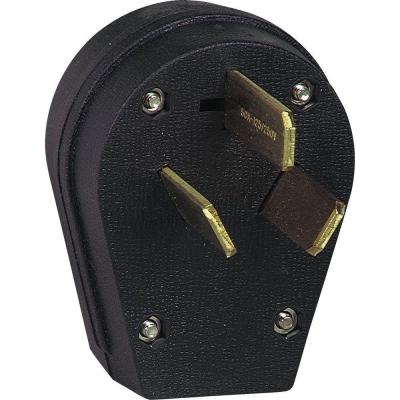I want to run an extension cord to a spa panel for my Brew Boss controller.
From Brew-Boss:
"The power cable from the controller has three (3) wires, Black, White, and Green. The White and Black wires get wired to the HOT prongs of your plug (L1 and L2). The GREEN wire gets wired to the GROUND prong of your power plug. If you have a 4-wire receptacle, simply do not use the 4th prong, which is the Neutral wire."
My dryer outlet appears to only be 3 wire.

How should I wire the spa panel? I am using PJs diagram as a guide

Do I wire the bare copper wire where the yellow wire in the diagram indicates, with the exception of the yellow wire from the 50a GFCI to output?
From Brew-Boss:
"The power cable from the controller has three (3) wires, Black, White, and Green. The White and Black wires get wired to the HOT prongs of your plug (L1 and L2). The GREEN wire gets wired to the GROUND prong of your power plug. If you have a 4-wire receptacle, simply do not use the 4th prong, which is the Neutral wire."
My dryer outlet appears to only be 3 wire.

How should I wire the spa panel? I am using PJs diagram as a guide

Do I wire the bare copper wire where the yellow wire in the diagram indicates, with the exception of the yellow wire from the 50a GFCI to output?










